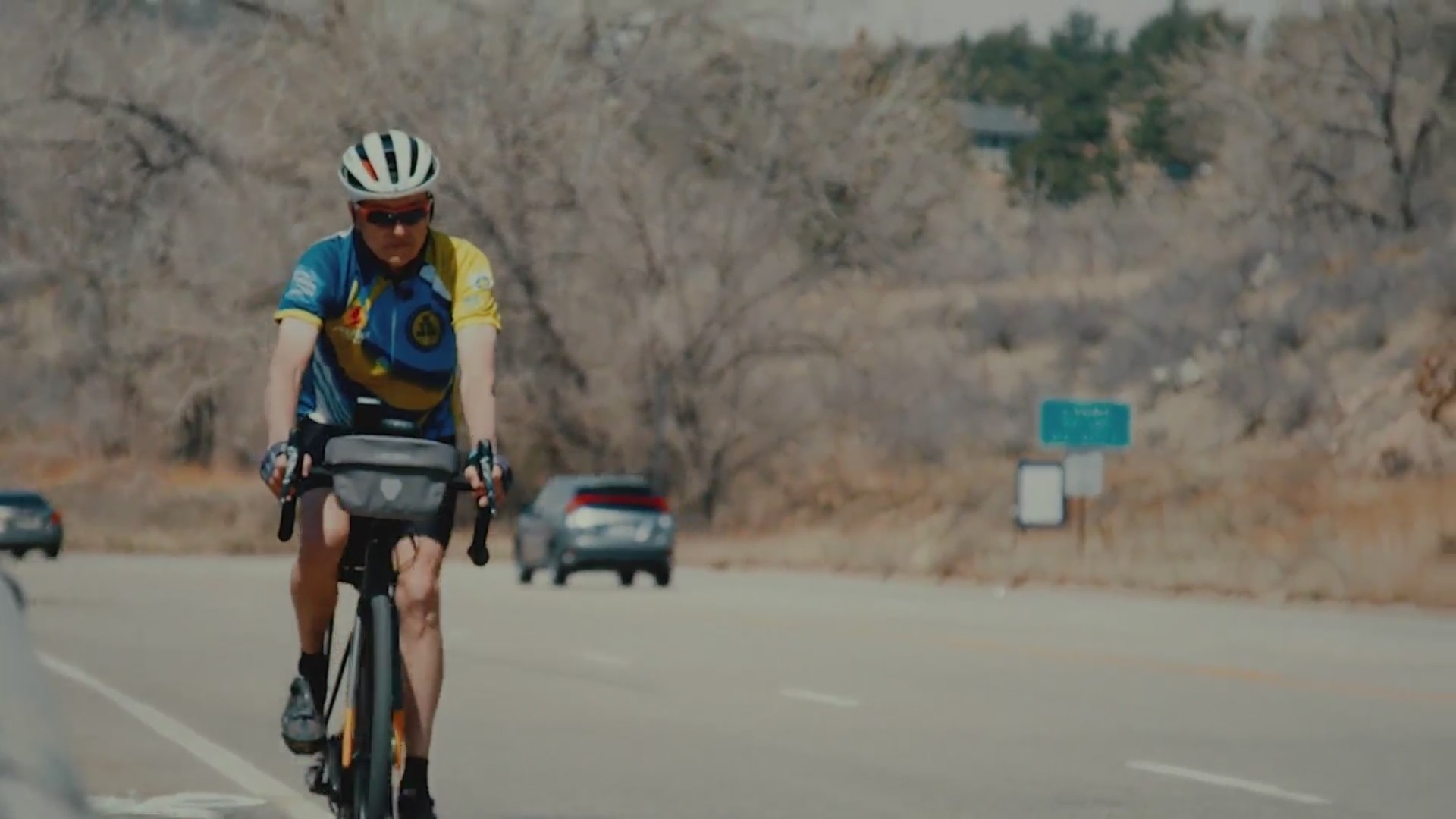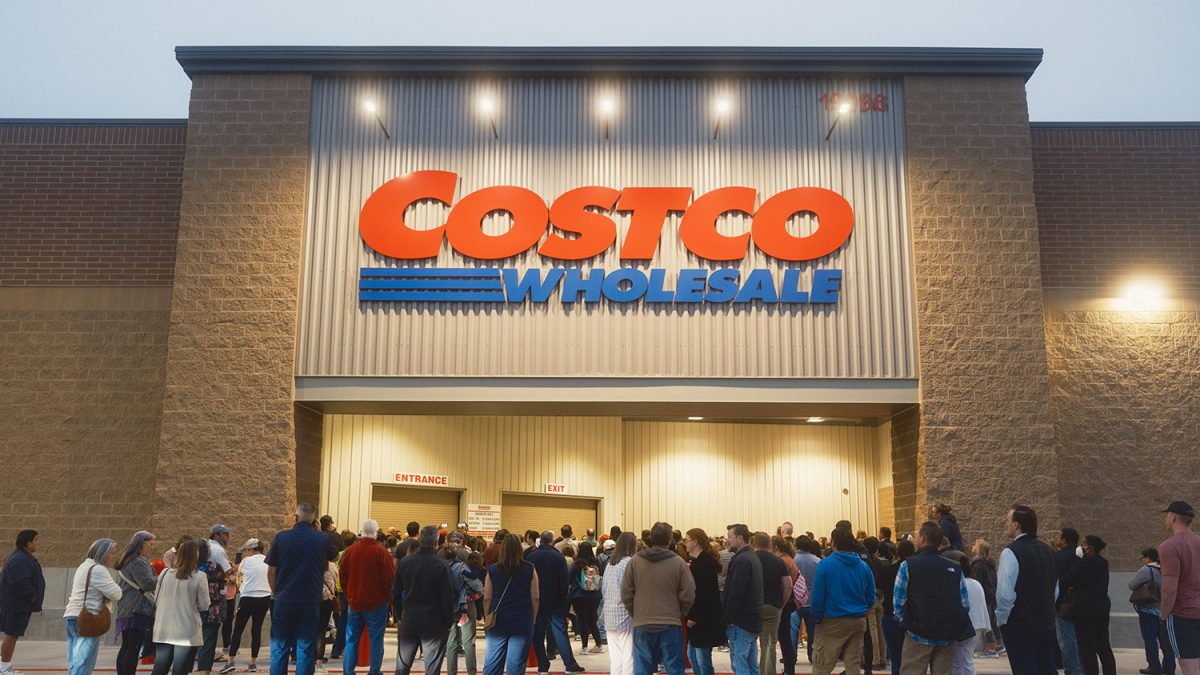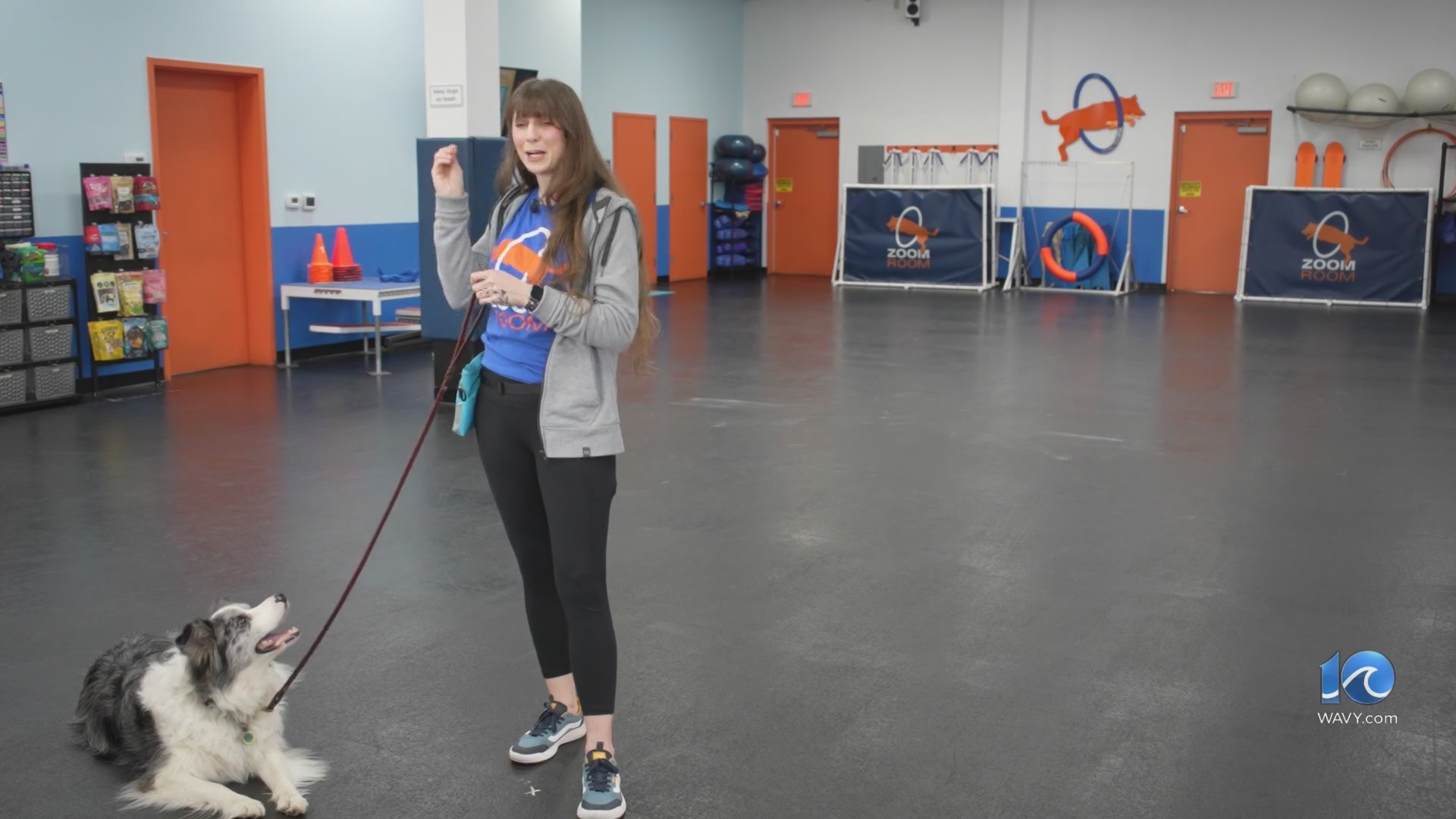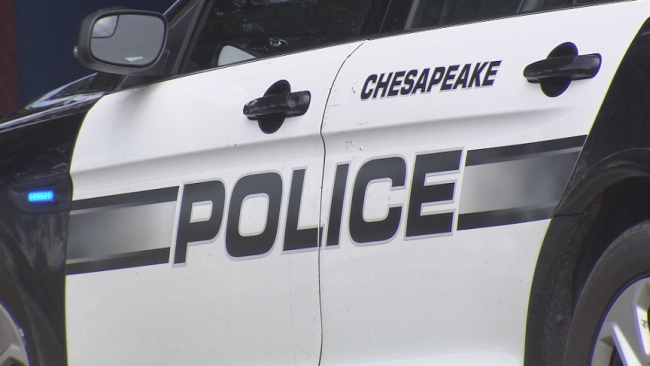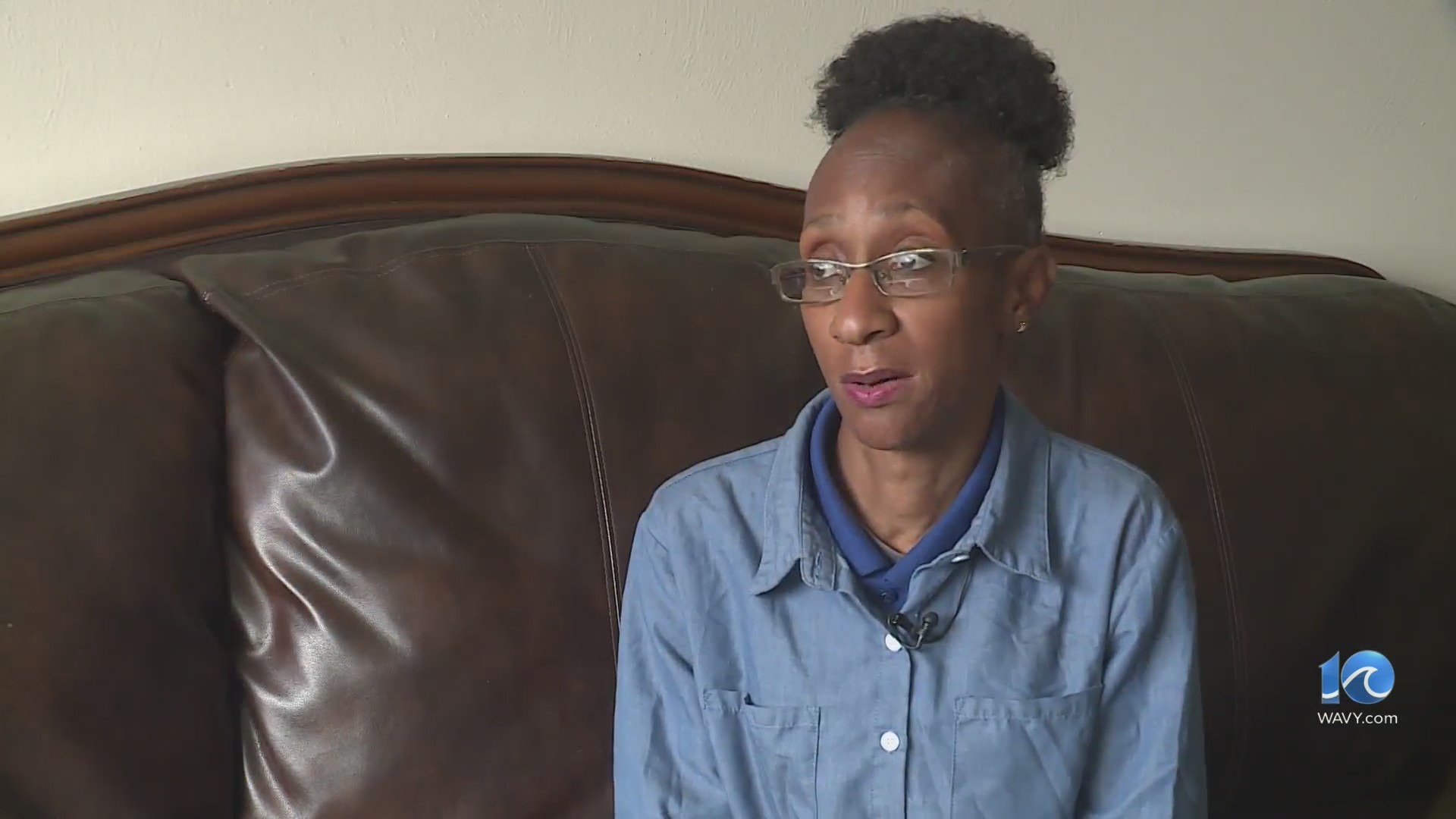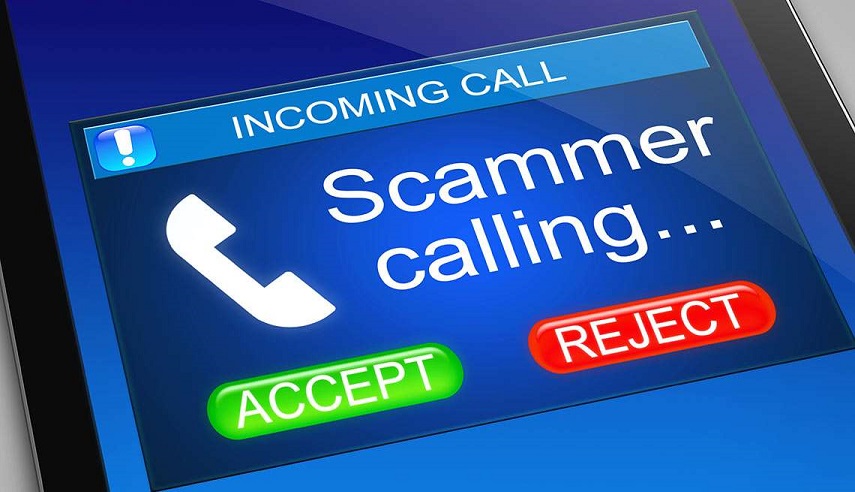NORFOLK, Va. (WAVY) – Traveling with a pet can be hard when the owner doesn’t know what to do or what to expect, which is why the Transportation Security Administration has partnered with Norfolk International Airport to make traveling with pets easier and safer.
The main thing to know about traveling with a pet, according to TSA, is that the owner should never send their pet through the checkpoint X-ray unit.
Last month, TSA tweeted out a picture of a cat going through the checkpoint X-ray machine in a carrying case at the Norfolk airport.
TSA’s Assistant Federal Security Director for Norfolk International Airport, Jeffrey Horowitz, said that your pet should only be exposed to X-rays at the veterinarian.
Instead, it recommends that the owner walk through the metal detector while holding the pet as pictured below, or allow the pet to walk through while on a leash.

TSA says all pets should be brought in a hand-held travel carrier, which will be placed onto the checkpoint conveyor belt so it can be X-rayed while the pet and their owner go through the metal detector. After walking through, a TSA officer will check the owner’s hands for any potentially dangerous or explosive residue, as pictured below.

After the screening is complete, TSA said owners should return their pet to the travel carrier at the re-composure area away from the security checkpoint. This location helps ensure the safety of the pet and passenger.
Pet travel restrictions vary by airline and airport, so TSA says to check with the air carrier before traveling with a pet.
Norfolk International Airport has several pet relief areas, located at the departures terminal in grassy areas near Door A, Door C and Door D, at the arrivals terminal in grassy areas near Door 0 and Door 5, and near the daily east parking lot in the grassy area near the pedestrian sidewalk.
Per Norfolk City Code Section 4-10, pets are not allowed inside terminals unless they are traveling by air in a kennel or carrier, or are a registered service pet. Service and emotional support animals must be on a leash while on the premises.
“Pets often travel with their humans and are thought of like family members,” said Robin “Chuck” Burke, Transportation Security Administration federal security director for the airport. “That’s why it’s important that if a passenger is traveling with their pet to become familiar with the security procedures for pets and how to go through the checkpoint security screening process together quickly and easily.”


Other helpful travel tips from TSA to make a trip through security with a pet as easy as possible include:
- Acclimate the pet to the process of traveling by familiarizing it with the travel carrier in the days leading up to the trip. This will ensure the pet is more relaxed during the trip.
- Be on the lookout for “working” canines and handlers at the airport. You may run the risk of interfering with a government working dog’s tasks if your pet is skittish, so please consider shifting to an alternate checkpoint if you feel there may be an issue. Areas where it is common to see a working dog at airports may include a security checkpoint or in the terminal concourse.
- Know the temperament of your pet and ensure that you can maintain control of it in a busy and potentially crowded airport.
- Travelers who have pets that may be overwhelmed when removed from a pet carrier, and may attempt to struggle or jump away should request that a TSA officer screen the pet in a private screening room. The traveler will be escorted to the room with the pet still in its carrier.
- When traveling with service animals and pets, it is a good idea to contact your airline directly for policy details as they vary by airline and time of year.
- Travelers should become familiar with the pet relief areas at their departing airport and arrival airport.


